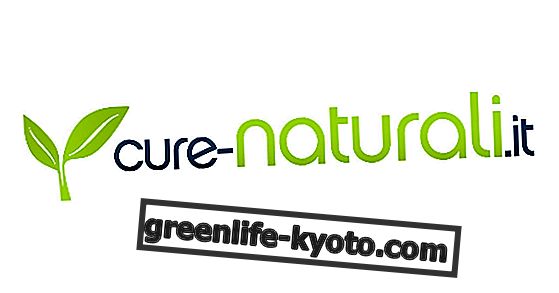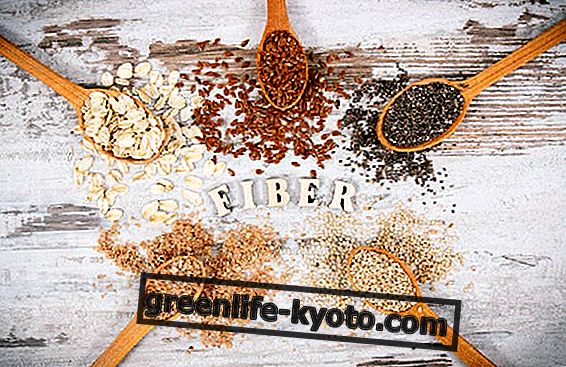
From the Editor of Yes.life
Even if you are not a vegetarian, surely when you go shopping you have come across soy sauce (if you are an ethnic type), or soy milk (if you are lactose intolerant), or soy ice cream ( if you have cholesterol problems).
Because of its flexibility, soy is so loved. Meatballs, hamburgers, spaghetti, creams, ice creams, smoothies, puddings and tofu, soya milk with only 8% protein and low fat, all unsaturated. Every year, it seems that research on the properties of soy and its components on health greatly increases.
There is no doubt that soy has innumerable properties and benefits for the body, just to name a few: the fibers contained in the soy help fight high cholesterol, preventing absorption at the intestinal level, increasing the sense of satiety and reducing the intake of other food.
Soy is a legume, and as such, it has a considerable amount of filamentous substance, the fibers, which we know to be of great help to the lazy intestine. It can also help to alleviate the symptoms of menopause thanks to its phytoestrogen content, avoiding a sudden hormonal drop. One would say a miraculous substance but be careful: soy has its pros and cons. The most common mistake is to consider it a panacea for all ills and take them in industrial quantities!
There are some dangers related to the exaggerated intake of this food: first of all, soy cannot be considered, by itself, a complete substitute for meat. Yes, soy lacks an element contained in animal proteins: methionine .
In order to replace it with meat it is necessary to combine it with cereals, rich in this substance . Soy-based foods increase the body's demands for vitamin D and B12, essential elements for both normal growth and development. So modulate consumption and always combine it with fruit and vegetables!
Soy milk and other milk substitutes
Soy, health and the environment
There is another aspect to consider about soy, and it is environmental and ethical:
- GMO soy: most of the soy grown in the United States and Asia is of transgenic origin. And as we know, genetically modified organisms bring with them a lot of problems in terms of possible danger to human health, to crops, to biodiversity.
- Soy and deforestation: by increasing soybean demand, it was absolutely necessary to find new cultivation spaces. The nearly 50 million hectares of soya grown between Brazil, Argentina, Paraguay and Bolivia were obtained through the destruction of tropical forests. The environmental impact of soy cultivation is certainly not limited.
- Soy and thyroid problems: soy-based milk substitutes contain agents that counteract the functions of the thyroid, leading to fatigue and mental problems. Newborns who are given soy-based preparations are particularly predisposed to developing thyroid disease related to the functions of the immune system.
So soy is dangerous to health? To tell the truth, not a week passes in which some magazines report contradictory news. How to behave then? There is a rule in feeding, so simple, yet so often ignored: moderation and variety. We must rely on a varied diet, and above all I challenge anyone to find a single food that, although eaten in large quantities and without the aid of other foods, is completely harmless!













